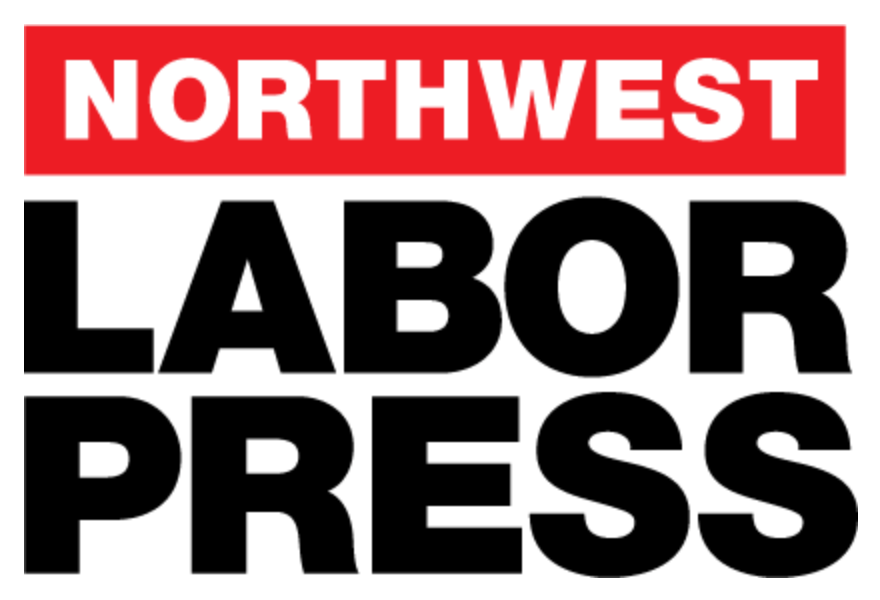Portland seldom sees so many suits and ties. For three weeks, judge Adrienne Nelson’s 14th floor federal courtroom was wall-to-wall with lawyers, national grocery executives, and hedge fund representatives. In a lockdown environment where smartphones and even laptops were banned, they were there to attend round one of the Federal Trade Commission (FTC) effort to block the largest grocery acquisition in U.S. history. The FTC, in a suit joined by the attorneys general of Oregon and eight other states, wants Nelson to grant a preliminary injunction delaying the merger, which is supposed to be consummated by Oct. 9.
Both Kroger and Albertsons are the proverbial big fish that have swallowed up almost all other traditional grocery competitors. Now Kroger proposes to swallow Albertsons for $24.6 billion, creating a juggernaut of four dozen chains, nearly 5,000 stores, and close to 700,000 employees. The FTC says such a merger would violate antitrust laws meant to prevent anti-competitive monopolies.
In opening arguments Aug. 26, the FTC painted a conspiracy in which execs tell each other one thing, and the public another. “You are basically creating a monopoly in grocery,” wrote one Albertsons executive to another.
“We all know prices will not go down,” Albertsons’ HR director texted to a division president — just as Kroger CEO Rodney McMullen was testifying to Congress that prices would go down.
Albertsons CEO Vivek Sankaran and three other execs who were called to testify also wiped thousands of text messages from their phones, even after they were ordered by the FTC not to do that; during the trial they said the deletions were accidental, not intended to violate the court order.
On the witness stand, Sankaran warned that if the merger fails, Albertsons might close stores and lay off employees. That directly contradicted what he told Congress in late 2022 as the company prepared to liquidate its cash and take on debt to pay a $4 billion special dividend. Sankaran will get a $43 million payout if the merger goes through.
In this case, for the first time ever, the FTC is challenging the merger not just on the grounds that it will hurt consumers, but on the grounds that it will hurt union workers in the stores. UFCW Local 555 president Dan Clay and several other local presidents were called to testify, and explained that the union has often employed a “whipsaw” strategy, playing one union employer against another. In markets with more than one large union grocery employer, members can strike one and encourage customers to go to the other.
“We negotiate the best terms we can with one employer and then use that as leverage to get the other employer to match it,” Clay testified. That leverage would disappear if the two biggest union employers merge, the FTC argued.
The FTC also introduced evidence that Kroger and Albertsons are engaged in intense competition. Internal documents and subpoenaed testimony showed that Albertsons constantly monitors Kroger prices and strives to beat them. And Kroger in its pricing strategy uses Walmart as the floor and Albertsons as the ceiling. Prices are 10% to 12% lower on average at Kroger stores than at Albertsons stores. When egg wholesale prices went down again after a big price spike, Kroger kept its prices high once it saw that that Albertsons wasn’t dropping its prices.
The two sides also tangled over a proposed divestiture. Because a merger would create a functional monopoly in many areas of the country, including much of Oregon, Kroger and Albertsons are proposing to sell 579 stores in 18 states to New Hampshire-based C&S Wholesale Grocers. That includes 62 stores in Oregon and 124 in Washington. [See a list of the stores here.] It’s a bit like a python swallowing a rhinocerous: C&S currently operates just 23 stores, and has tried and failed to grow in retail grocery several times before, only to sell off hundreds of stores.
The FTC suggested this is a sham sale in which C&S doesn’t intend to keep many of the stores. Internal emails show C&S execs were reluctant to make any commitments not to close newly acquired stores.
Kroger and Albertsons say they’re setting up C&S to be a viable competitor, but FTC attorneys pointed out that the choice of what stores to sell wasn’t arrived at in an ordinary arms-length negotiation: Instead, the for-sale list was “a lawyer-made hodgepodge of stores and assets” crafted by Kroger and Albertsons to avoid the appearance of local monopolies. C&S would buy money-losing stores, local-only banners like Carr’s in Alaska and QFC and Haggen in Washington, and some very isolated stores — two each in Montana and Louisiana. They’d lose access to private label products those stores sell now.
“They’re giving us their worst chains,” said C&S’s head of corporate development in an internal email.
What’s in it for C&S? The real estate alone is worth two-thirds of the $2.9 billion purchase price.
FTC repeatedly pointed out that Kroger-Albertsons claims about the merger contradict their claims about the divestiture: Kroger, the largest grocer in the United States, says it can’t continue to compete against Walmart unless it acquires the second largest. But then it says C&S can be a viable competitor with one tenth as many stores.
The trial ended Sept. 17, and it’s not clear when Nelson will issue a decision. But the Portland trial is just the first of four legal challenges. A separate Washington state lawsuit began in Seattle Sept. 16. And Colorado’s attorney general is set to go to court Sept. 30 in a third case against the merger.



